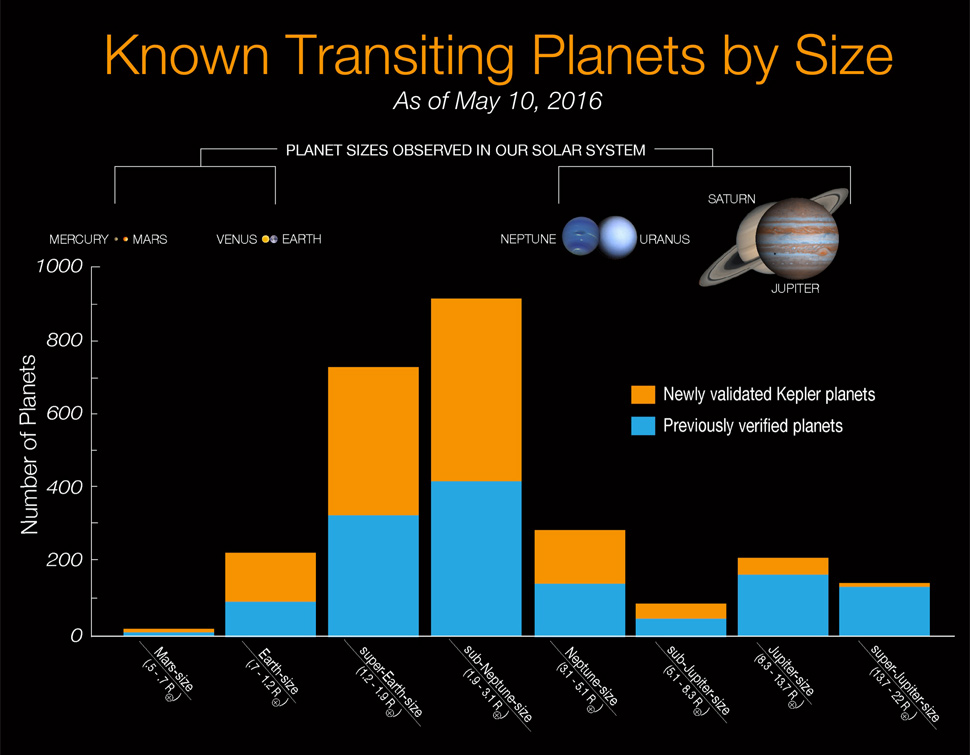

Additionally, researchers can calculate a planet’s surface temperature from the world’s orbital period and its star’s temperature.

By measuring the amount and frequency of a star’s dimming, astronomers can estimate the orbits and masses of its planets. The transit method, another popular technique, looks for periodic dips in a star's brightness as an orbiting planet passes in front of-or transits-its star, as seen from Earth. If the “lens” star has an orbiting planet, the extra mass amplifies the magnification in a telltale way. The gravitational field of the foreground star acts like a lens, magnifying the light of the background star. Gravitational microlensing occurs when one star passes directly in front of a background star, as seen from Earth. Nearly two dozen planets have been detected using the microlensing technique, starting with the 2003 discovery of a gas giant twice the size of Jupiter orbiting a star 18,000 light-years away. As a result, the majority of discoveries made with this method have been so-called hot Jupiters, because of their large masses and close proximities to their parent stars. The more massive a planet and the tighter its orbit, the greater its effect on the host star. Astronomers using this method look for a star's “wobble”-telltale shifts in a star's light spectrum-caused by the gravitational tugs of orbiting planets. The most successful planet-hunting technique to date has been radial velocity, also called the Doppler wobble, with more than 400 newfound planets to its credit. However, the hunt is still on for a truly Earthlike planet, one with the right size, temperature, and composition to host liquid water-and maybe life. As of January 2012, the tally of confirmed alien worlds has skyrocketed to just over 720. The rate of exoplanet discovery has since climbed rapidly thanks to the development of three main detection techniques, which all involve both ground- and space-based observatories. That world was detected around the sunlike star 51 Pegasi, a mere 50 light-years from Earth. Three years later came news of the first known exoplanet, a Jupiter-like gas giant orbiting its star closer than Mercury circles our sun. In 1992 astronomers reported the first planet-size masses around a dead star, the pulsar PSR1257+12, which sits 2,000 light-years away. But in the last two decades astronomers have successfully developed indirect detection methods, most of which rely on measuring the effects of orbiting planets on far-off stars. It seemed nearly impossible to detect planets light-years away, since the relatively tiny worlds would appear billions of times fainter than their parent stars. For centuries, planets beyond our solar system-called exoplanets-existed only in theory and science fiction.


 0 kommentar(er)
0 kommentar(er)
